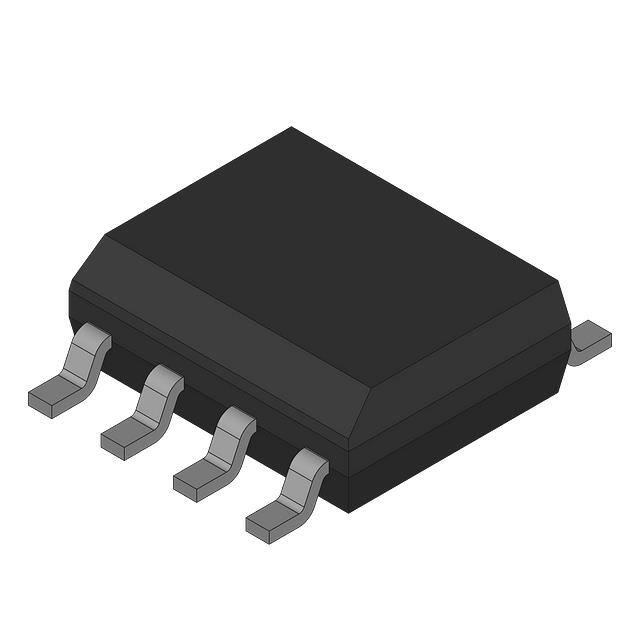SN65HVD230DR: 3.3V CAN transceiver for automotive, industrial, and communications applications
SN65HVD230DR Introduction
SN65HVD230DR is a 3.3V CAN transceiver launched by Texas Instruments (TI), designed for Controller Area Network (CAN) systems, suitable for industrial, automotive and communication fields. The following are its main features and details:
Main features
Operating voltage: 3.3V, suitable for low-power applications.
Compliance with standards: Complies with ISO 11898-2 standard and supports high-speed CAN communication. Supports communication rate of up to 1Mbps.
Low power consumption: Low quiescent current, suitable for battery-powered devices. Supports standby mode to further reduce power consumption.
Strong anti-interference ability: It has high anti-electromagnetic interference (EMI) ability. The bus pins have ±12kV ESD protection (HBM model).
Temperature range: Operating temperature range: -40°C to 125°C, suitable for harsh environments.
Package: SOIC-8 package is used for easy integration.
Functional Description
CAN bus interface: Provides CANH and CANL differential signal pins for connecting to the CAN bus. Supports differential signal transmission and has strong noise immunity.
Logic interface: Provides TXD (transmit) and RXD (receive) pins for connecting to a microcontroller or CAN controller. Supports 3.3V logic level and is compatible with low-power microcontrollers.
Protection function: Bus pins have overvoltage and short-circuit protection. Supports thermal shutdown function to prevent overheating damage.
Typical applications
Automotive electronics: used for body control, power system, vehicle network, etc.
Industrial control: used for industrial automation, PLC, sensor network, etc.
Communication equipment: used for CAN bus communication network.
Embedded system: suitable for low-power embedded devices that require CAN communication.
Pin configuration (SOIC-8 package)
| Pin No. | Pin Name | Description |
|---|---|---|
| 1 | TXD | Transmit data input |
| 2 | GND | Ground |
| 3 | VCC | Power supply (3.3V) |
| 4 | RXD | Receive data output |
| 5 | VREF | Reference voltage output (can be left floating if not used) |
| 6 | CANL | CAN bus low level signal |
| 7 | CANH | CAN bus high level signalV |
| 8 | STB | Standby mode control (Low level is valid) |
Advantages
High reliability: suitable for harsh industrial and automotive environments.
Low power consumption: suitable for battery-powered and low-power applications.
Easy to integrate: 3.3V logic level is compatible with mainstream microcontrollers.
High anti-interference: suitable for long-distance communication and high-noise environment.
Typical circuit connection
TXD and RXD are connected to the CAN controller of the microcontroller.
CANH and CANL are connected to the CAN bus.
VCC is connected to 3.3V power supply and GND is connected to ground.
STB pin is used to control standby mode (enter standby mode when low level).
Notes
Make sure that CANH and CANL pins match the bus to avoid signal reflection.
When communicating over long distances, it is recommended to increase the terminal resistance (usually 120Ω).
Avoid power supply voltage exceeding 3.6V to prevent damage to the device.
SN65HVD230DR Similar or Alternative Comparison
SN65HVD230DR vs SN65HVD72DR vs SN65HVD78DR vs SN65HVD75DR
| Parameters | SN65HVD230DR | SN65HVD72DR | SN65HVD78DR | SN65HVD75DR |
|---|---|---|---|---|
| Image | 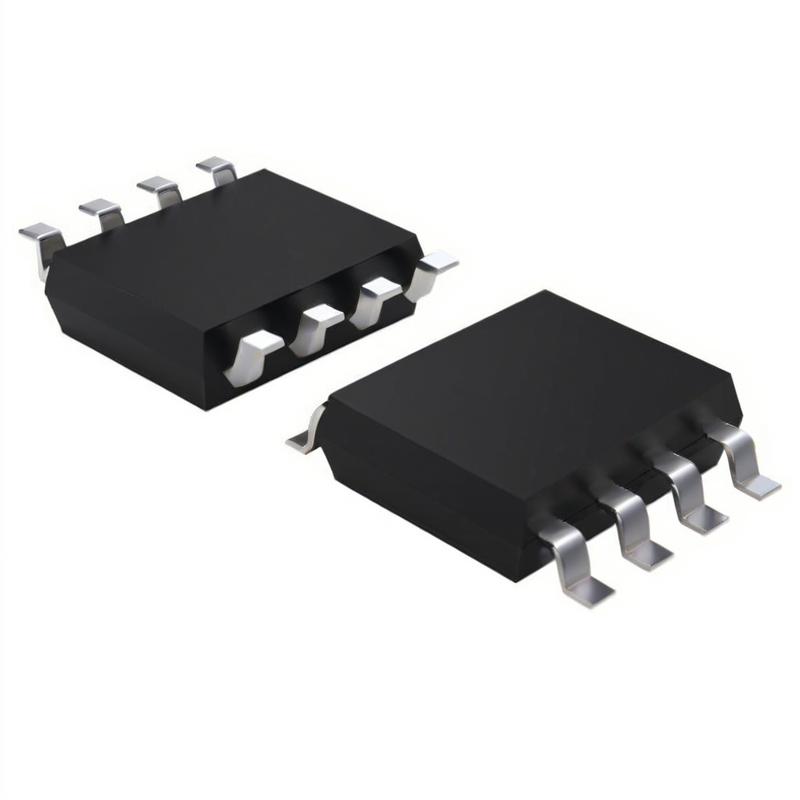 | 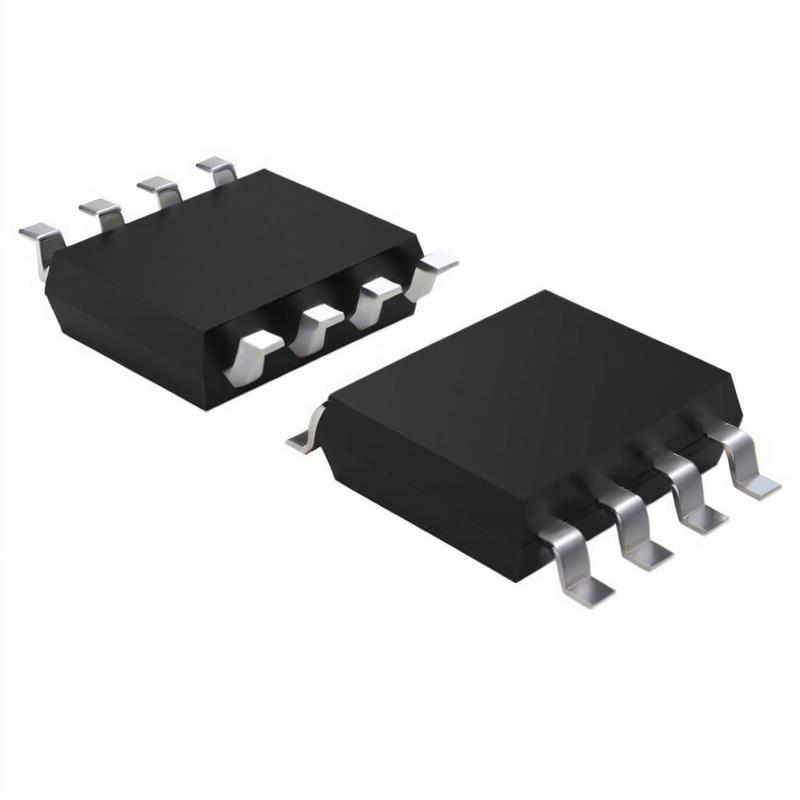 | 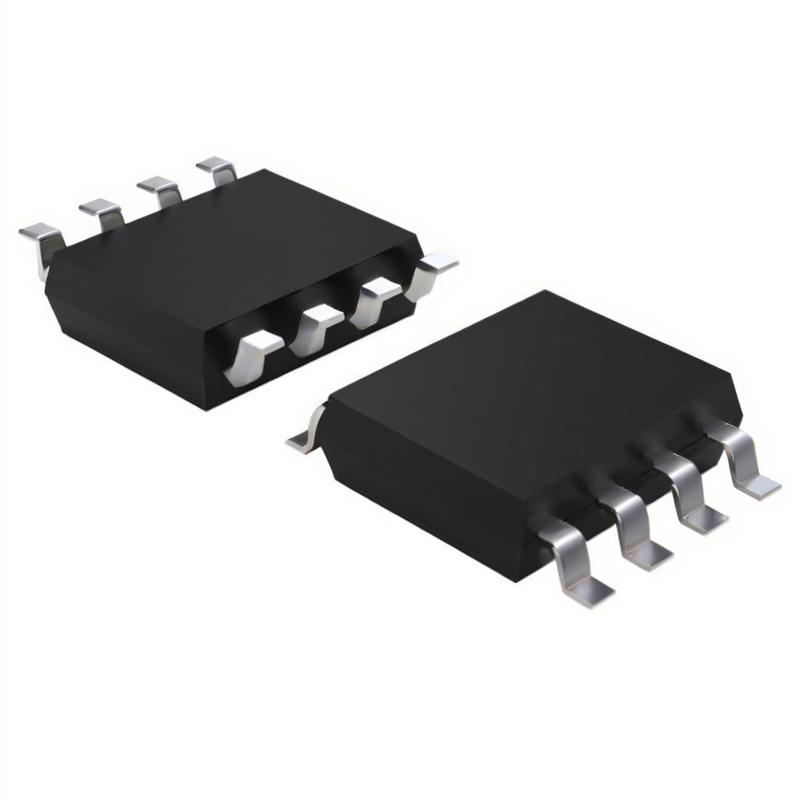 | 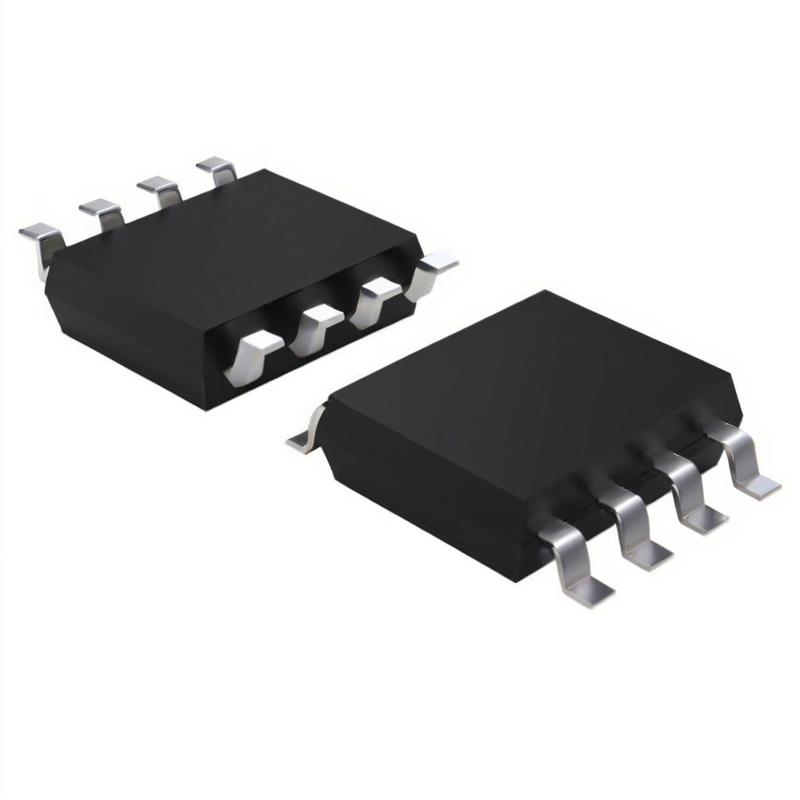 |
| Manufacturer | Texas Instruments | Texas Instruments | Texas Instruments | Texas Instruments |
| Package / Case | 8-SOIC (0.154, 3.90mm Width) | 8-SOIC (0.154, 3.90mm Width) | 8-SOIC (0.154, 3.90mm Width) | 8-SOIC (0.154, 3.90mm Width) |
| Number of Pins | 8 | 8 | 8 | 8 |
| Data Rate | 1Mbps | 250kbps | 20Mbps | 50Mbps |
| Supply Voltage | 3.3 V | 3.3 V | 3.3 V | 3.3 V |
| Number of Drivers/Receivers | 1/1 | 1/1 | 1/1 | 1/1 |
| Operating Temperature | -40°C to 125°C | -40°C to 125°C | -40°C to 125°C | -40°C to 125°C |
| Standby Mode | Yes | Yes | Yes | Yes |
SN65HVD230DR Datasheet PDF
SN65HVD230DR FAQs
1. What is the main application scenario of SN65HVD230DR?
A: SN65HVD230DR is mainly used in systems that require CAN bus communication. Common applications include:
Automotive electronics (such as body control, powertrain, and vehicle network).
Industrial automation (such as PLC, sensor network).
Embedded systems (such as low-power devices).
Communication equipment (such as CAN bus network).
2. What is the operating voltage of SN65HVD230DR?
A: The operating voltage of SN65HVD230DR is 3.3V, which is suitable for systems with low power consumption and 3.3V logic level.
3. What is the maximum communication rate supported by SN65HVD230DR?
Answer: The maximum communication rate supported by SN65HVD230DR is 1Mbps, which complies with ISO 11898-2 standard.
4. Does SN65HVD230DR support standby mode?
Answer: Yes, SN65HVD230DR supports standby mode. By pulling the STB pin low, it can enter low-power standby mode to further reduce power consumption.
5. What is the anti-interference ability of SN65HVD230DR?
Answer: SN65HVD230DR has high anti-interference ability:
The bus pins (CANH and CANL) have ±12kV ESD protection (HBM model).
It supports differential signal transmission and has strong anti-noise ability, which is suitable for long-distance communication and high-noise environment.
6. What is the operating temperature range of the SN65HVD230DR?
Answer: The operating temperature range of the SN65HVD230DR is -40°C to 125°C, which is suitable for harsh industrial and automotive environments.
7. What is the package form of the SN65HVD230DR?
Answer: The SN65HVD230DR adopts SOIC-8 package, which is easy to integrate into the circuit board.
8. Does the SN65HVD230DR require external terminal resistors?
Answer: Yes, in CAN bus communication, it is usually necessary to add 120Ω terminal resistors at both ends of the bus to reduce signal reflection and ensure communication stability.
9. How to connect the TXD and RXD pins of the SN65HVD230DR?
Answer:
The TXD pin is connected to the transmit end of the microcontroller or CAN controller.
The RXD pin is connected to the receiving end of the microcontroller or CAN controller.
Note: The levels of TXD and RXD are 3.3V logic levels.
10. Does the SN65HVD230DR support thermal shutdown protection?
Answer: Yes, the SN65HVD230DR has thermal shutdown protection. When the chip temperature is too high, it will automatically shut down to protect the device.
11. What is the typical circuit connection of the SN65HVD230DR?
Answer: The typical connection is as follows:
VCC is connected to 3.3V power supply and GND is grounded.
TXD and RXD are connected to the CAN controller of the microcontroller respectively.
CANH and CANL are connected to the CAN bus.
The STB pin is used to control the standby mode (entering the standby mode when the low level).
12. Is the SN65HVD230DR compatible with 5V systems?
Answer: SN65HVD230DR is designed for 3.3V system, and its logic level is 3.3V. If you need to be compatible with 5V system, you can consider using SN65HVD72DR or SN65HVD75DR, which support a wide voltage range of 3.3V to 5V.
13. What is the ESD protection capability of SN65HVD230DR?
Answer: The bus pins (CANH and CANL) of SN65HVD230DR have ±12kV ESD protection (HBM model), which can effectively prevent electrostatic discharge damage.
14. Does SN65HVD230DR support long-distance communication?
Answer: Yes, SN65HVD230DR supports long-distance communication, but the communication distance is affected by the bus rate and wiring quality. At lower rates (such as 125kbps), the communication distance can reach hundreds of meters.
15. What is the power consumption of SN65HVD230DR?
Answer: SN65HVD230DR has a low quiescent current, which is suitable for low-power applications. In standby mode, the power consumption is further reduced, which is suitable for battery-powered devices.

